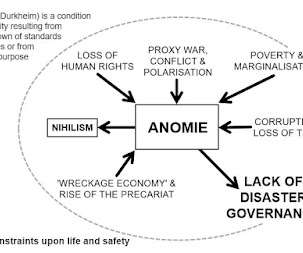State of the Nation - a UK Perspective on Covid-19
Emergency Planning
OCTOBER 23, 2020
Since 2008, pandemics have been top of the list of 96 threats and hazards in the UK National Risk Register of Civil Emergencies in all editions. There were major exercises on pandemics in 2005, 2007 and 2016. The scenario for this pandemic (excluding the recovery) was fully formulated over the period 2003-2009.












Let's personalize your content